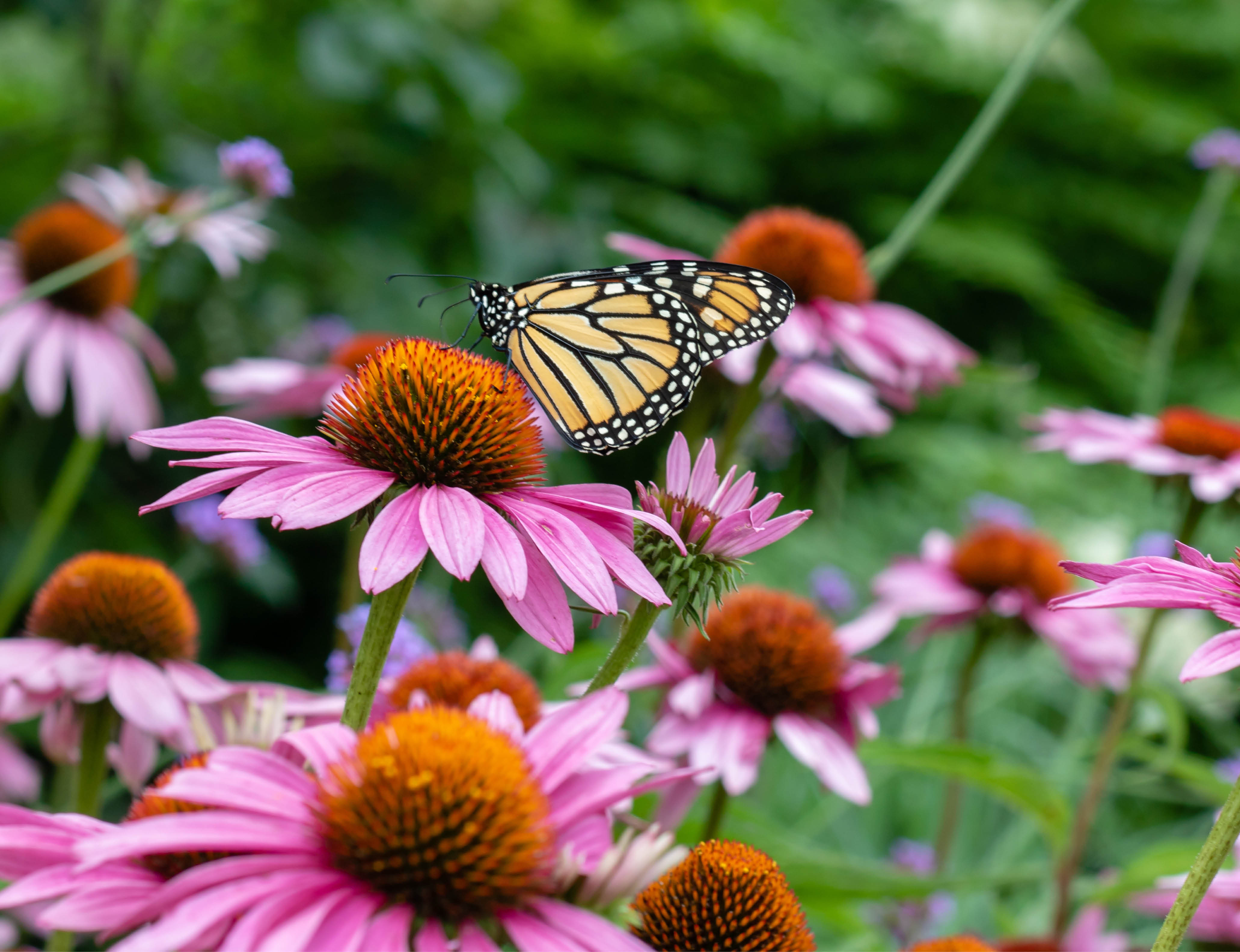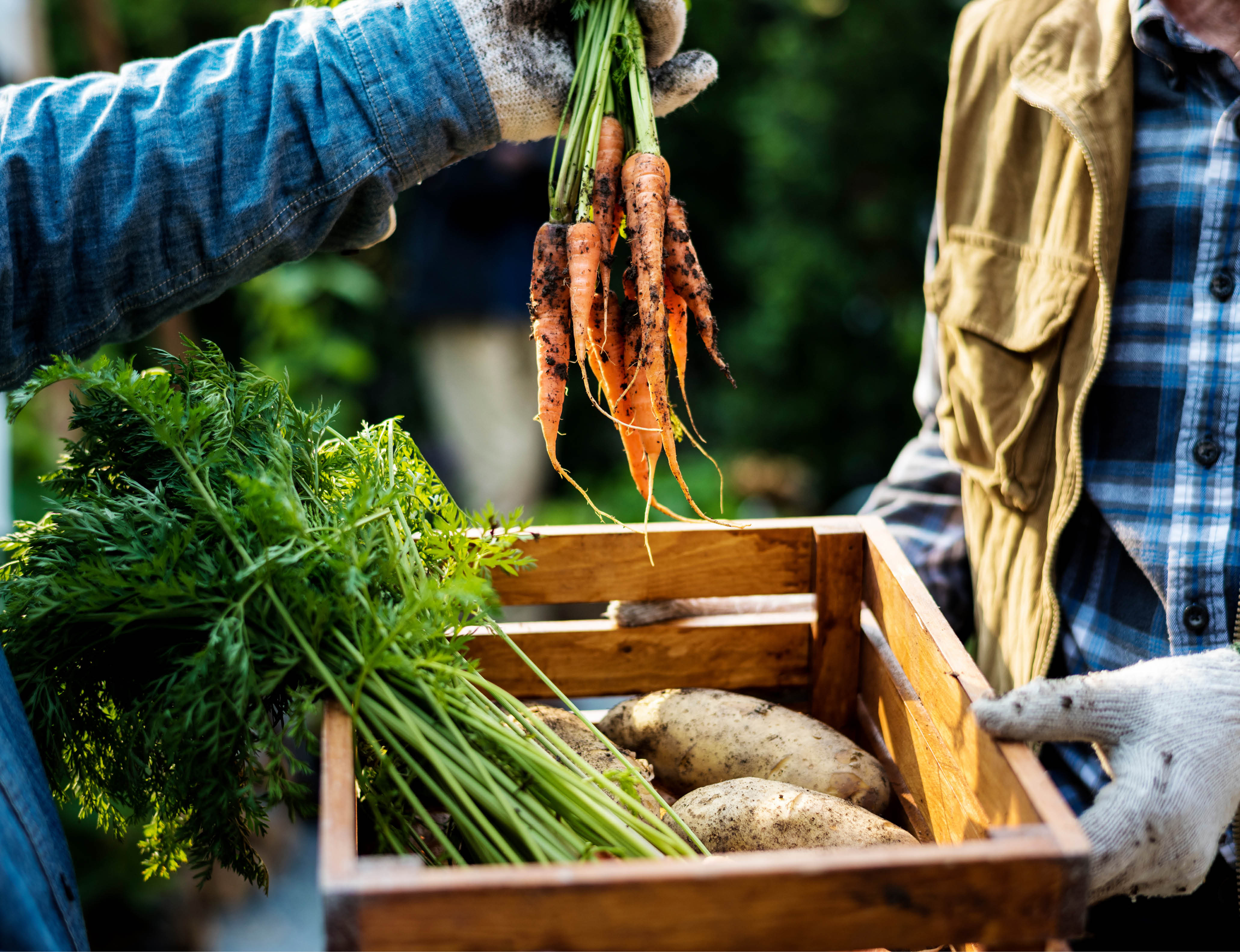To welcome their future plants, lazy gardeners must first create an inviting environment for all components of their vegetable garden. The goal is to attract pollinators and keep pests away.
Bees, ladybugs, and butterflies are all pollinators. As they forage for food, they move pollen from one plant to another, allowing plants to reproduce and grow fruits and vegetables. The best way to attract them? Flowers! Flowering shrubs are an even better option, since bees prefer to visit one type of flower at a time. Feel free to add flower pots near your garden to encourage pollinator traffic and add a touch of bright summer colours to your landscape. Our suggestions for easy-to-care-for varieties include lilac, marigold, and daylily.
If possible, consider adding conifer trees to your landscape to attract insect-eating birds that will eat the pests. Repellent plants such as dill, mint, and basil will also help to scare away any unwanted small mammals. If space is restricted, hang up some see-through covers to protect your plants while letting the light through, and install an insect hotel nearby to promote biodiversity in your garden. Several models exist – they all involve creating an environment where pollinators can reproduce and support your plants.




